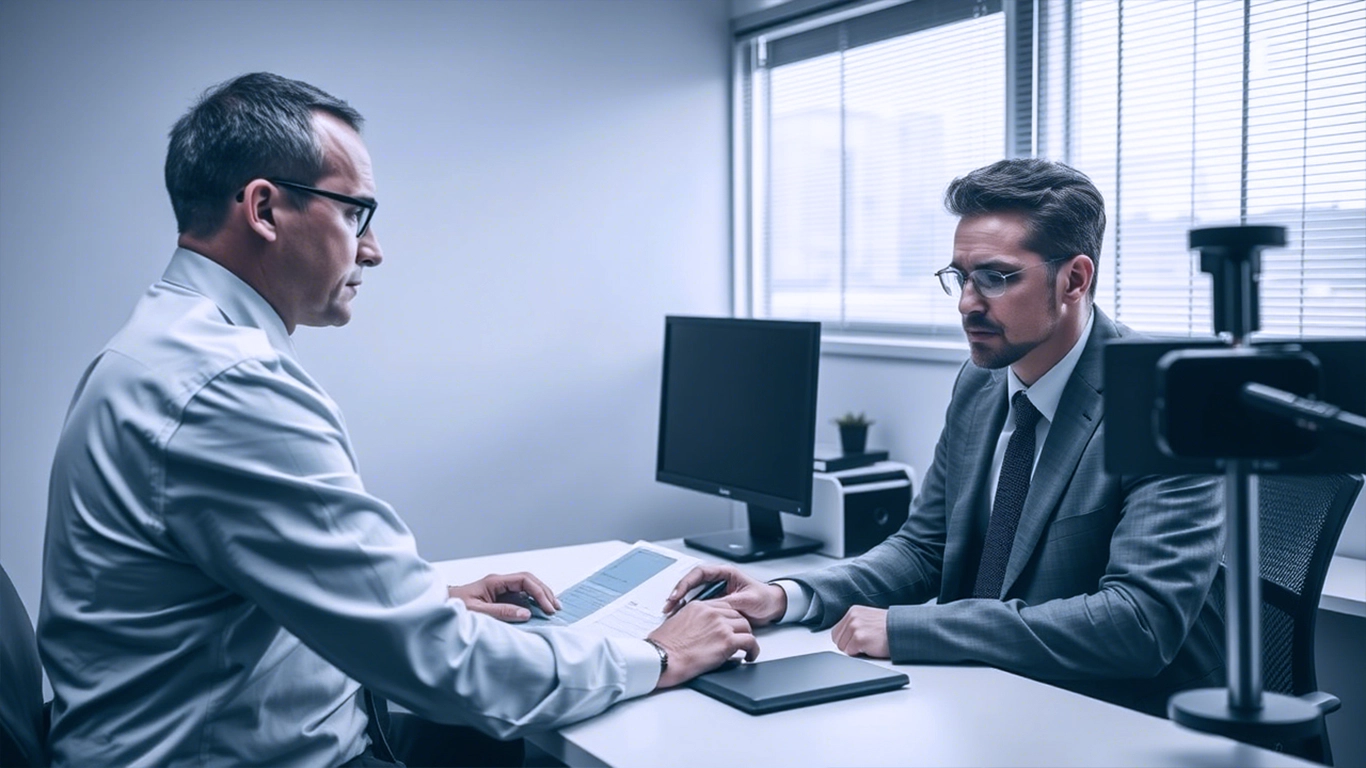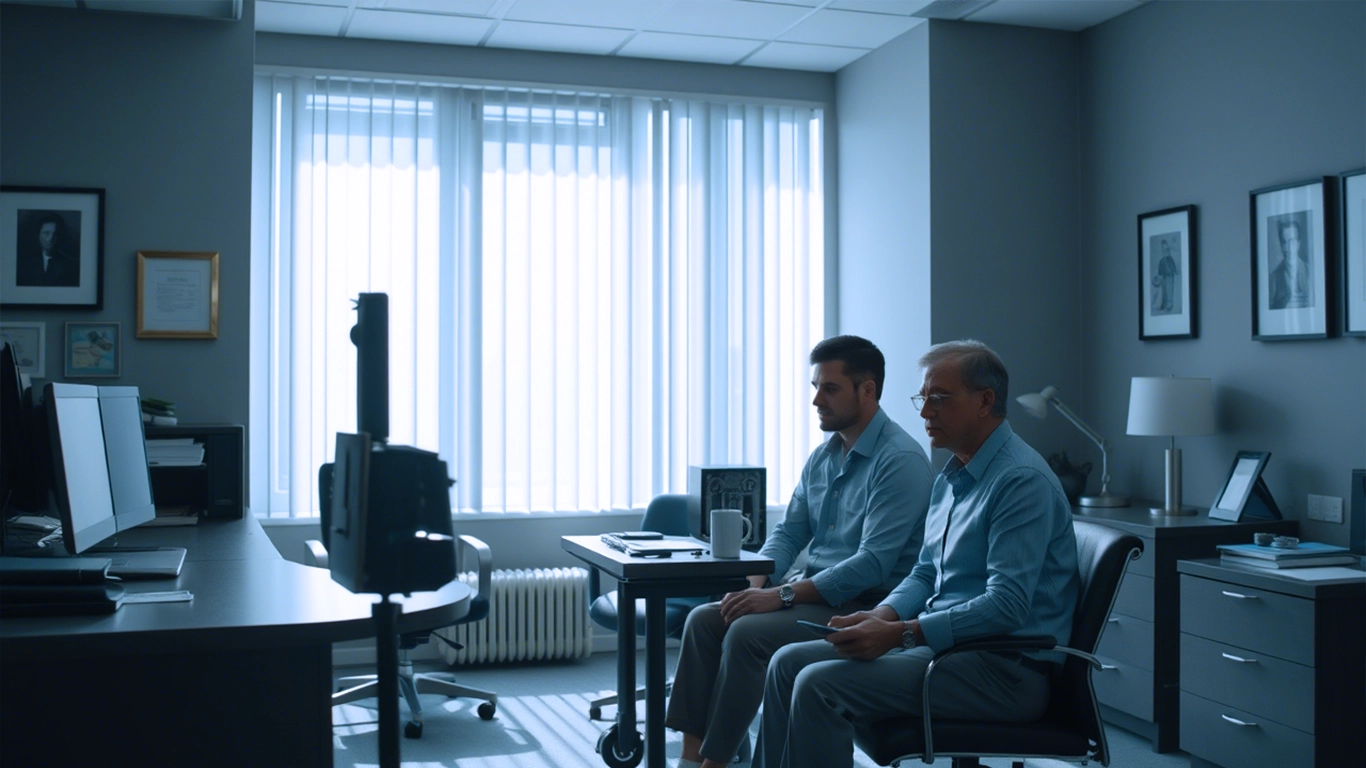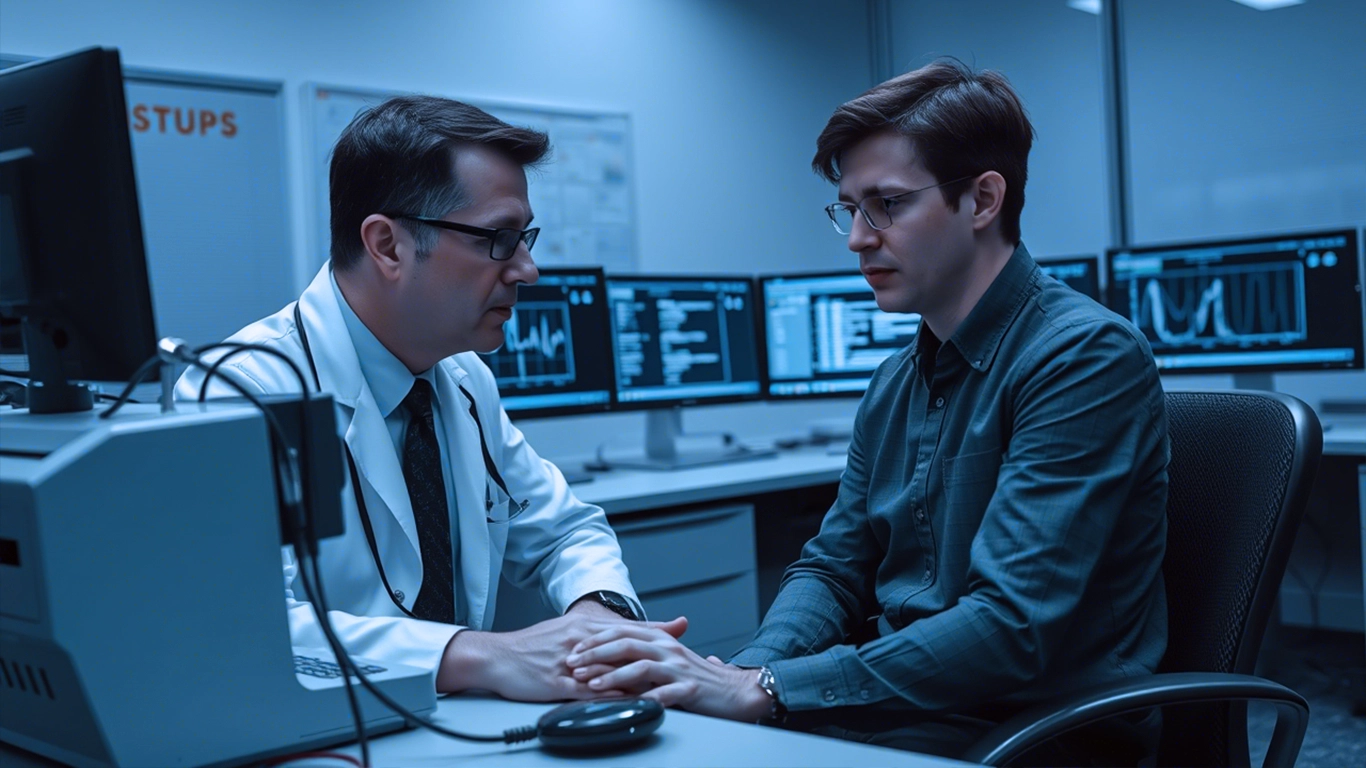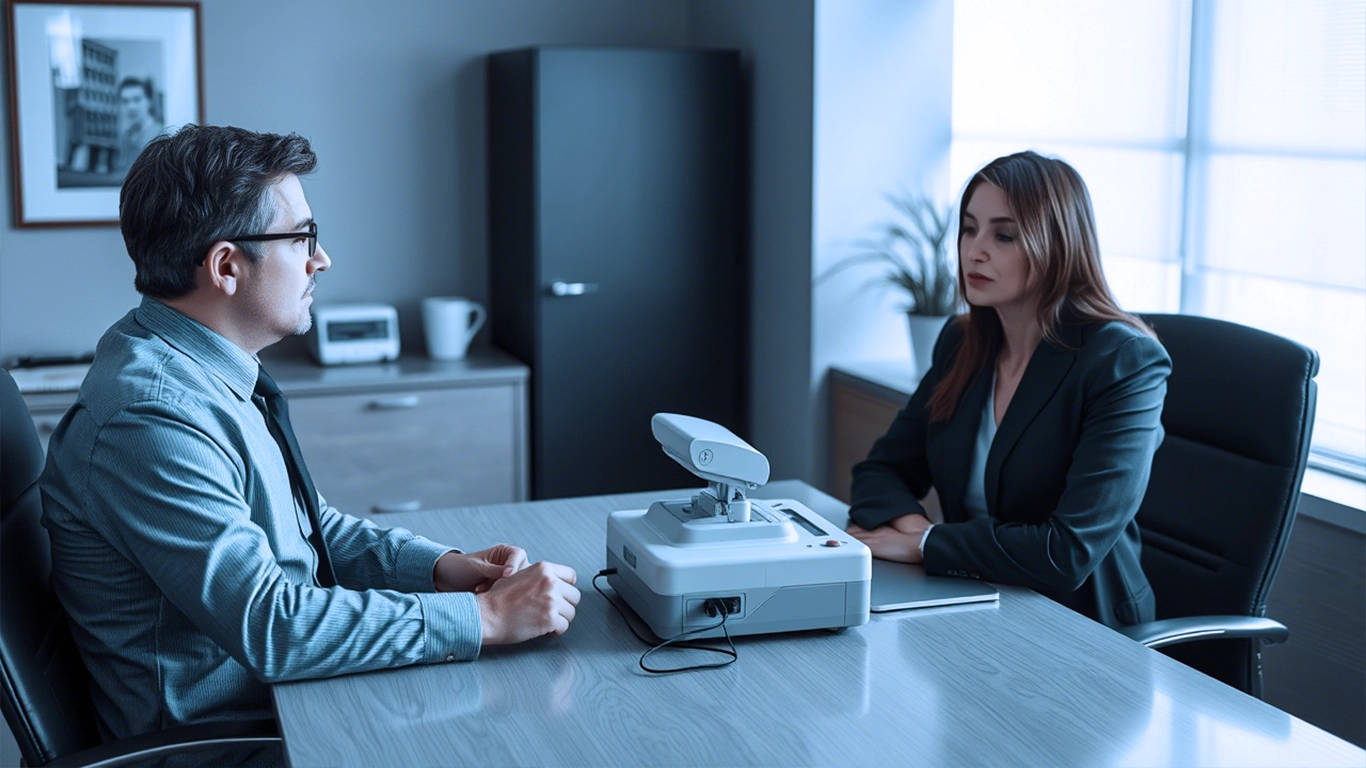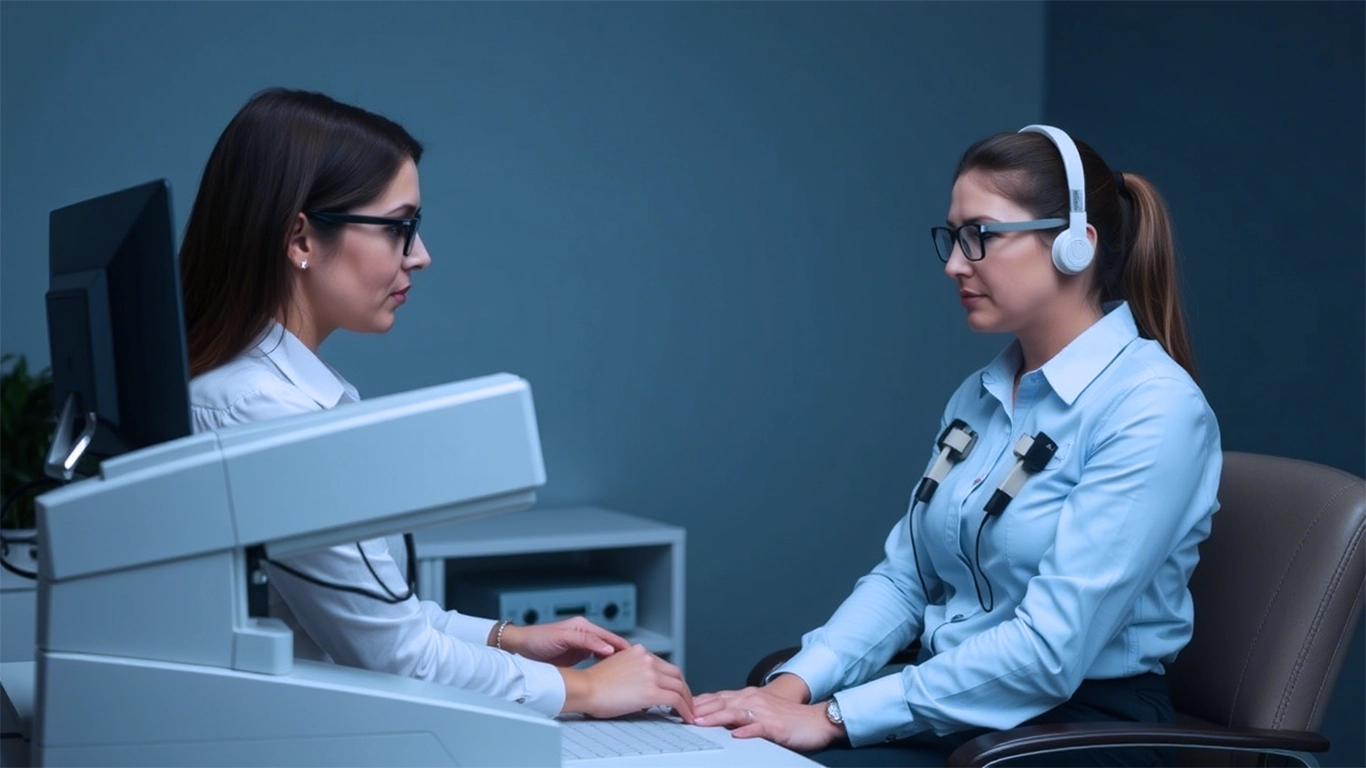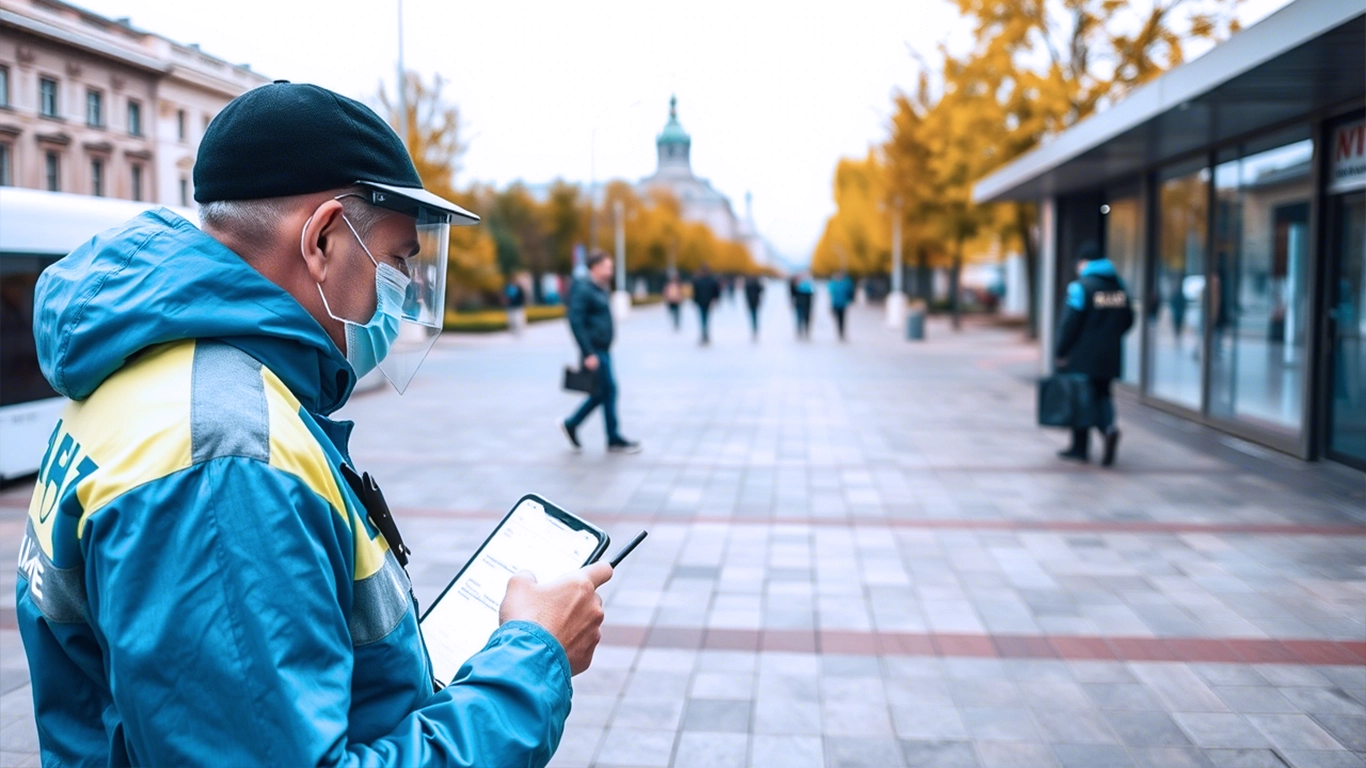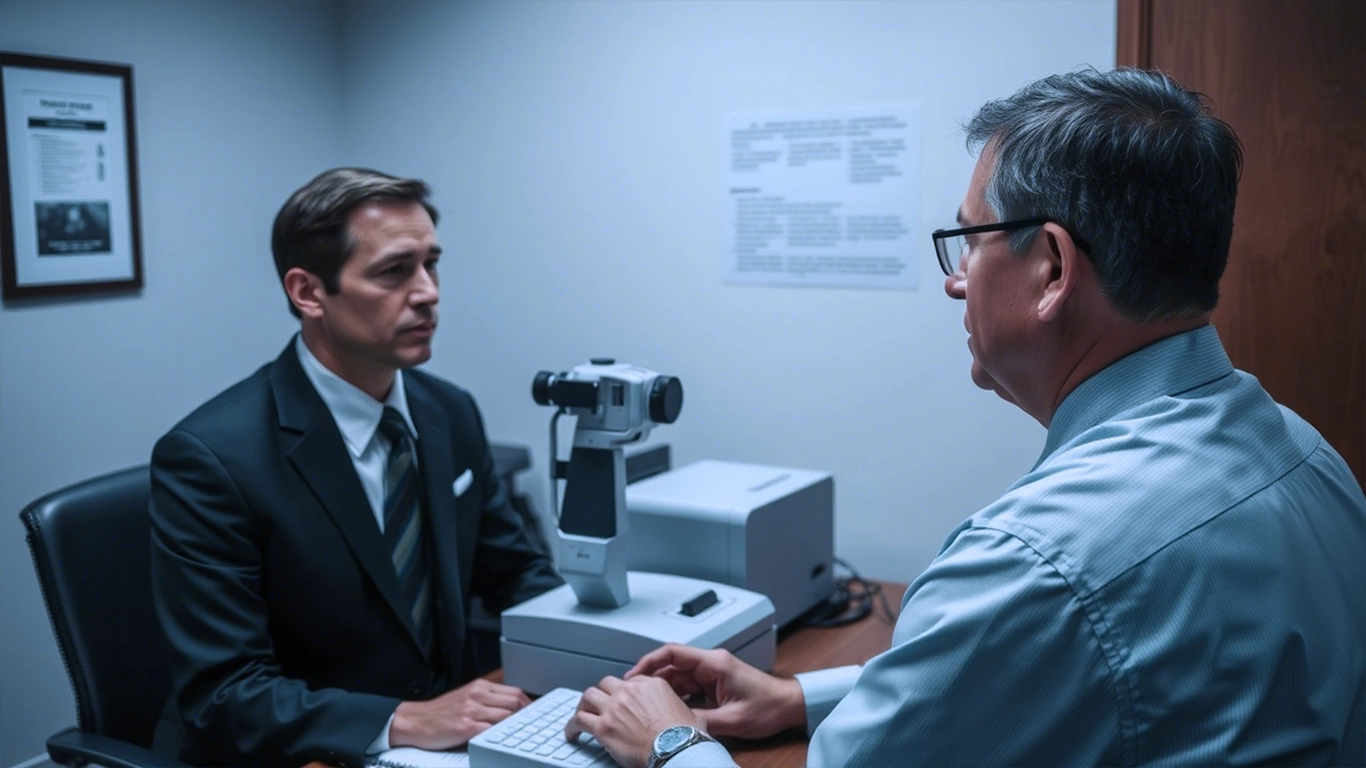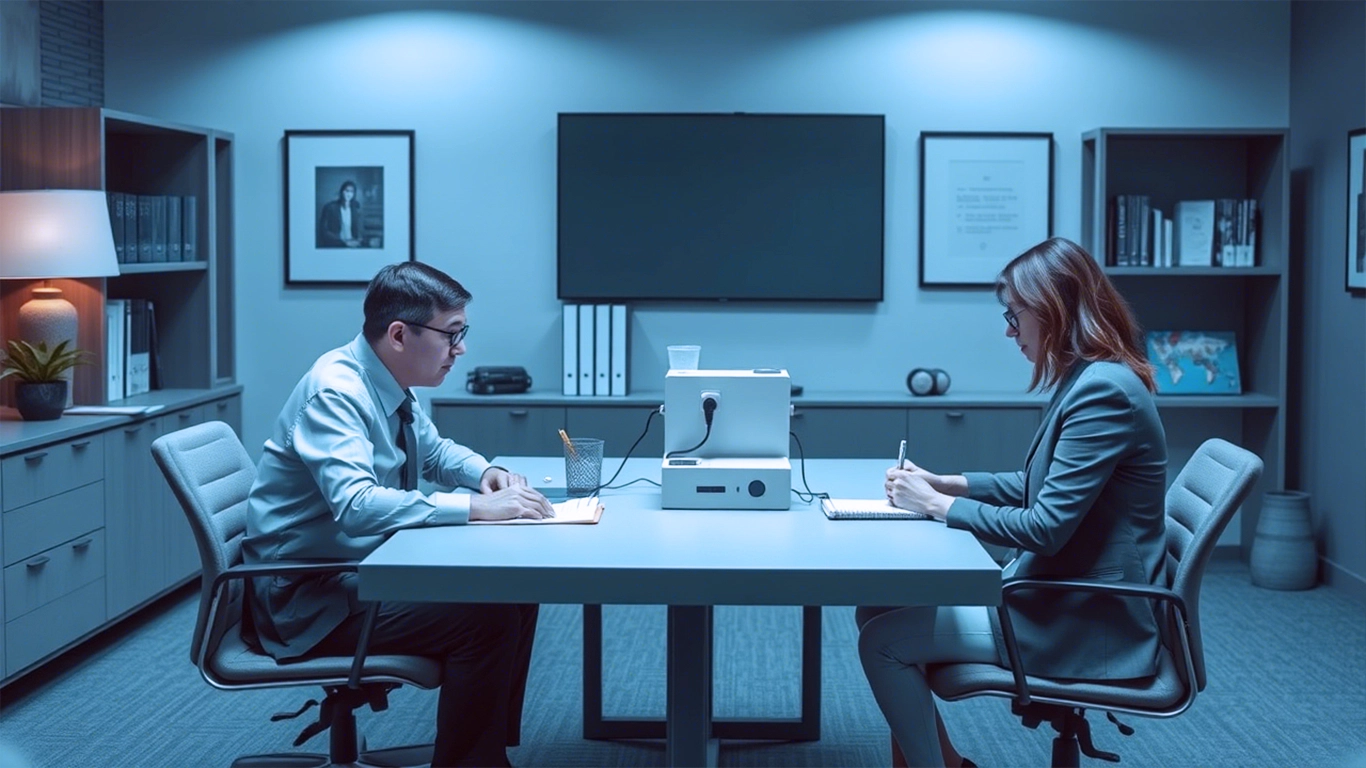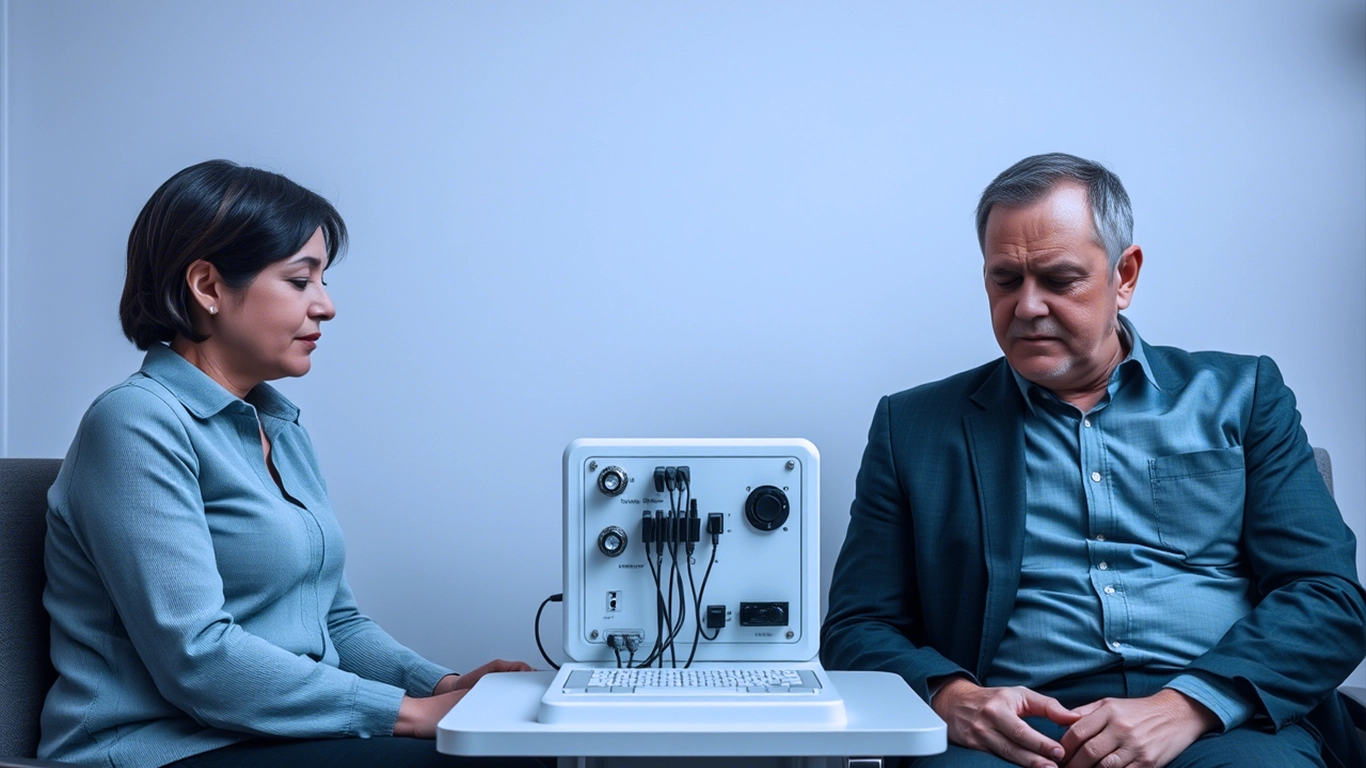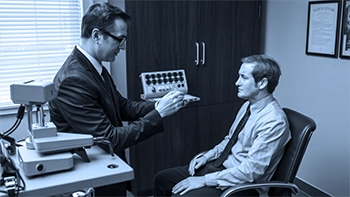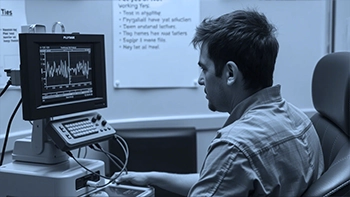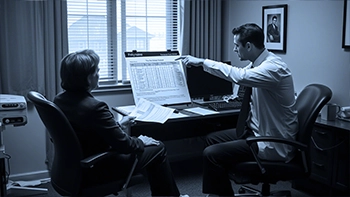Select your language
Introduction to the Consultation Procedure
The initial consultation with the client is a key stage in preparing for a polygraph examination. At this stage, the meeting is conducted either in person or as an online consultation, allowing for flexible adaptation to the client’s individual requirements. During the conversation, specialists thoroughly discuss the client’s concerns, define the objectives of the examination, agree on the schedule, and discuss the cost of services provided. This dialogue helps establish a transparent foundation for further cooperation and lays the groundwork for building a trusting relationship between all participants in the process.
Discussion of Methods and Equipment
One of the important aspects of the consultation is explaining the testing methods used and demonstrating the equipment. The client is provided with detailed information about the type of device, its functional capabilities, and operational principles. Specialists explain how the sensors record physiological reactions and how modern data processing algorithms work. This allows the client to understand how the analysis will be conducted and assess the reliability of the results. Such a comprehensive approach reduces uncertainty and helps the client feel more confident about the upcoming examination.
Agreement Process and Security Assurance
Special attention is given to the legal aspects of cooperation. Before the examination begins, a non-disclosure agreement is signed, ensuring the confidentiality of information and preventing the disclosure of examination results to third parties. This stage is mandatory and is aimed at ensuring the security of all participants. Establishing the terms of cooperation not only formalizes the rights and obligations of both parties but also enhances the level of responsibility in conducting the examination.
Pre-Test Interview with the Respondent
Once all terms have been agreed upon, a pre-test interview is conducted with the respondent. During this meeting, the respondent is thoroughly acquainted with the list of questions that will be asked during the examination. Specialists explain each detail of the procedure, answer any questions, and clarify potential concerns. This approach helps reduce stress levels and creates a comfortable atmosphere, which is crucial for obtaining objective and accurate results.
Key Stages of the Consultation Process
- In-person or online meeting with the client
- Discussion of the examination objectives and determination of the timeline
- Explanation of testing methods and demonstration of the equipment
- Signing of the non-disclosure agreement
- Conducting a pre-test interview with the respondent
Advantages of a Transparent Approach
Transparency and a detailed explanation of each stage of the examination contribute to establishing a trusting relationship between the client and the specialist. This approach helps reduce stress levels for both the respondent and company representatives, which directly impacts the objectivity of the results obtained. A detailed understanding of the process allows for the identification and resolution of potential issues at an early stage, minimizing the risk of misinterpreting physiological data. A transparent methodology reinforces the professionalism of specialists and enhances the overall effectiveness of the procedure.
Additional Recommendations and Advice for Clients
To ensure the consultation process runs as smoothly as possible, it is recommended that specialists prepare in advance for the meeting. Clients will benefit from gathering all necessary information, considering any questions that may arise during the discussion, and identifying key aspects of the examination that are of particular interest. Preparation includes:
- Analyzing personal concerns and doubts about the procedure;
- Gathering documents and information about previous testing experiences;
- Compiling a list of questions regarding methods, equipment, and examination timelines;
- Discussing cooperation terms and financial aspects.
Such preliminary preparation not only helps reduce stress levels but also optimizes the consultation process. Clients who attend the meeting with well-formulated questions receive more detailed explanations and gain confidence in the objectivity and transparency of the procedure.
Conclusion
A comprehensive preliminary consultation is an integral part of the polygraph examination process, ensuring comfortable conditions for all participants. A detailed explanation of methods, equipment demonstration, signing of the non-disclosure agreement, and conducting a pre-test interview—each of these steps is aimed at guaranteeing security, objectivity, and reliability of the obtained data. This structured approach fosters trust between the client and the specialist, reduces emotional tension, and ensures high-quality final results.
Thus, a thorough consultation before conducting a polygraph examination is the key to successful cooperation and achieving the set objectives. It not only clarifies all aspects of the procedure but also helps the client feel confident and at ease, which is an essential factor in obtaining objective examination results. Transparency and professionalism at every stage demonstrate the high competence of specialists, which is particularly important in today's environment, where accuracy and reliability of testing play a decisive role.
Moreover, this approach allows for the adaptation of the examination process to the individual needs of the client, considering all specific circumstances. Flexibility in choosing the meeting format, the ability to discuss questions in detail, and the prompt resolution of any arising issues make the procedure as comfortable and effective as possible. This method of work ensures comprehensive preparation for the examination, ultimately enhancing the accuracy and objectivity of the test results.







